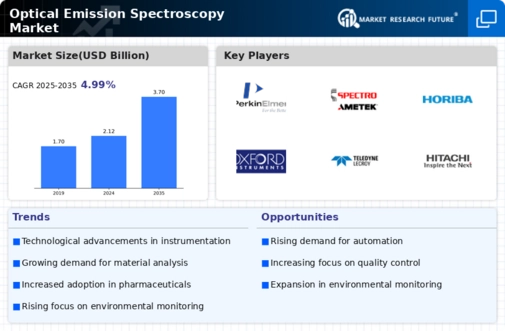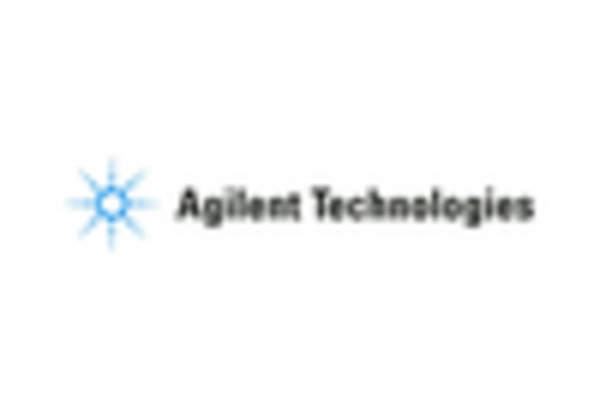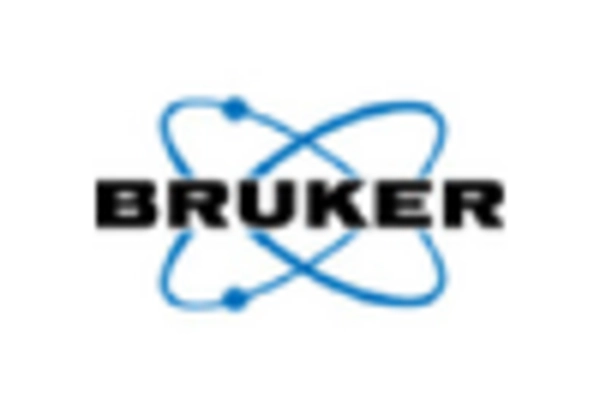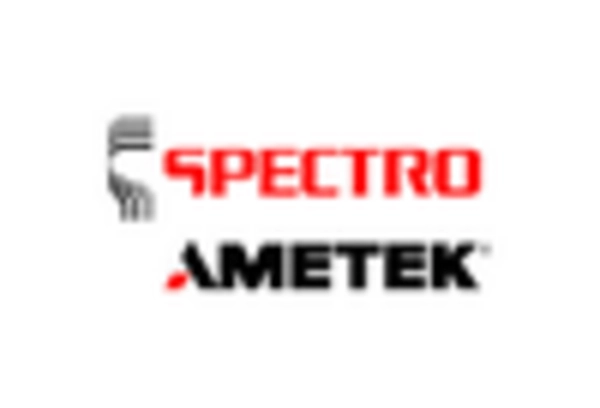Market Analysis
In-depth Analysis of Optical Emission Spectroscopy Market Industry Landscape
The Optical Emission Spectroscopy (OES) market is subject to various dynamic forces that shape its growth and evolution. One of the primary drivers of market dynamics is the continuous technological advancements in spectroscopy instruments. Ongoing research and development efforts result in enhanced features, improved sensitivity, and higher resolution capabilities of OES systems. This technological progress not only expands the range of applications for OES but also fosters market growth as industries seek more sophisticated elemental analysis tools to meet their evolving needs.
The increasing emphasis on environmental sustainability is another significant dynamic influencing the OES market. Governments and regulatory bodies worldwide are tightening environmental standards, particularly in industries such as manufacturing and energy. OES plays a crucial role in helping companies comply with these regulations by providing accurate detection and quantification of trace elements. As sustainability becomes a central focus for businesses, the demand for OES solutions is expected to rise, driving market dynamics.
Market dynamics are also shaped by the growing complexity of manufacturing processes across various industries. As production processes become more intricate, the need for advanced analytical techniques like OES becomes indispensable. The real-time monitoring and control capabilities of OES contribute to maintaining the quality and consistency of final products. This increasing reliance on precise elemental analysis to ensure product quality is a significant factor propelling the market forward.
The market is not without its challenges, and one such factor is the initial high costs associated with OES equipment. This can act as a barrier to entry for small and medium-sized enterprises (SMEs) looking to adopt this technology. However, as the market matures and economies of scale come into play, it is anticipated that the costs will decrease, making OES more accessible to a broader range of businesses.
Geographical dynamics also play a pivotal role in the OES market. Regions with strong industrial bases, such as North America, Europe, and Asia-Pacific, are witnessing substantial adoption of OES technologies. The presence of major manufacturing hubs and the continuous modernization of industrial processes in these regions contribute to the regional dynamics. Conversely, emerging economies in Latin America, Africa, and the Middle East are gradually recognizing the benefits of OES and are expected to contribute to the market's growth, altering global market dynamics.
Collaborations and partnerships within the industry are emerging as notable trends, influencing market dynamics positively. Companies are joining forces to develop integrated solutions that cater to specific industry needs. These collaborations not only enhance product offerings but also contribute to the overall growth of the OES market by leveraging the strengths of multiple entities. This collaborative approach fosters innovation and ensures that the market remains dynamic and responsive to evolving industry requirements.
Market dynamics are further influenced by regulatory frameworks and compliance requirements. As industries face stricter regulations, the demand for reliable and accurate analytical tools like OES is heightened. Companies that can provide solutions that meet these regulatory standards gain a competitive advantage, contributing to their market share and influencing the overall dynamics of the OES market.
















Leave a Comment